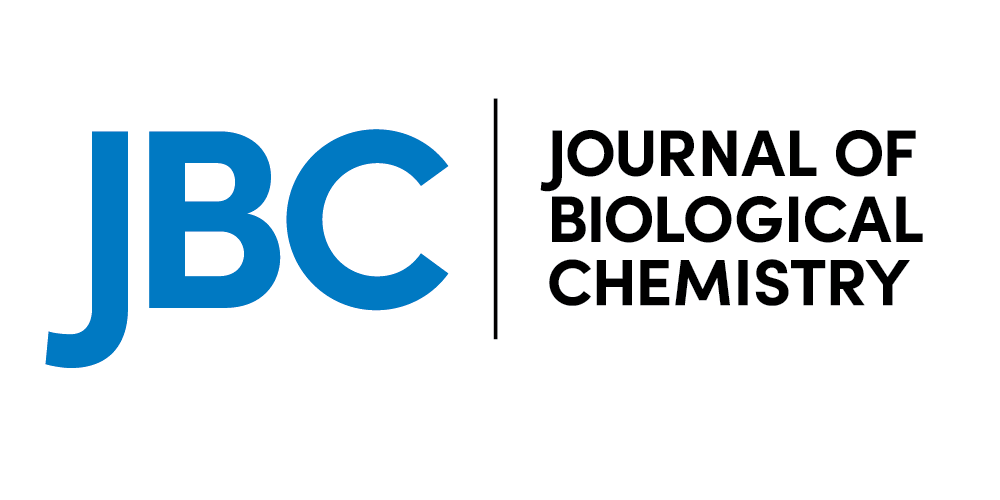
ST6Gal-I, an enzyme upregulated in numerous malignancies, adds α2-6-linked sialic acids to select membrane receptors, thereby modulating receptor signaling and cell phenotype. In this study, we investigated ST6Gal-I's role in epithelial to mesenchymal transition (EMT) using the Suit2 pancreatic cancer cell line, which has low endogenous ST6Gal-I and limited metastatic potential, along with two metastati c Suit2-derived subclones, S2-013 and S2-LM7AA, which have upregulated ST6Gal-I. RNA-Seq results suggested that the metastatic subclones had greater activation of EMT-related gene networks than parental Suit2 cells, and forced overexpression (OE) of ST6Gal-I in the Suit2 line was sufficient to activate EMT pathways. Accordingly, we evaluated expression of EMT markers and cell invasiveness (a key phenotypic feature of EMT) in Suit2 cells with or without ST6Gal-I OE, as well as S2-013 and S2-LM7AA cells with or without ST6Gal-I knockdown (KD). Cells with high ST6Gal-I expression displayed enrichment in mesenchymal markers (N-cadherin, slug, snail, fibronectin) and cell invasiveness, relative to ST6Gal-I-low cells. Contrarily, epithelial markers (E-cadherin, occludin) were suppressed in ST6Gal-I-high cells. To gain mechanistic insight into ST6Gal-I's role in EMT, we examined the activity of EGFR, a known EMT driver. ST6Gal-I-high cells had greater α2-6 sialylation and activation of EGFR than ST6Gal-I-low cells. The EGFR inhibitor, erlotinib, neutralized ST6Gal-I-dependent differences in EGFR activation, mesenchymal marker expression and invasiveness in Suit2 and S2-LM7AA, but not S2-013, lines. Collectively, these results advance our understanding of ST6Gal-I's tumor-promoting function by highlighting a role for ST6Gal-I in EMT, which may be mediated, at least in part, by α2-6-sialylated EGFR.




Δεν υπάρχουν σχόλια:
Δημοσίευση σχολίου